
Everything’s gotten more expensive, but people are getting smarter about how they spend. It’s not always about big sacrifices—it’s about small choices that actually work. From food to phone bills, folks are trimming the fat without feeling like they’re missing out. Here’s how everyday people save money in real, practical ways that fit into their regular lives.
Buying groceries in bulk.
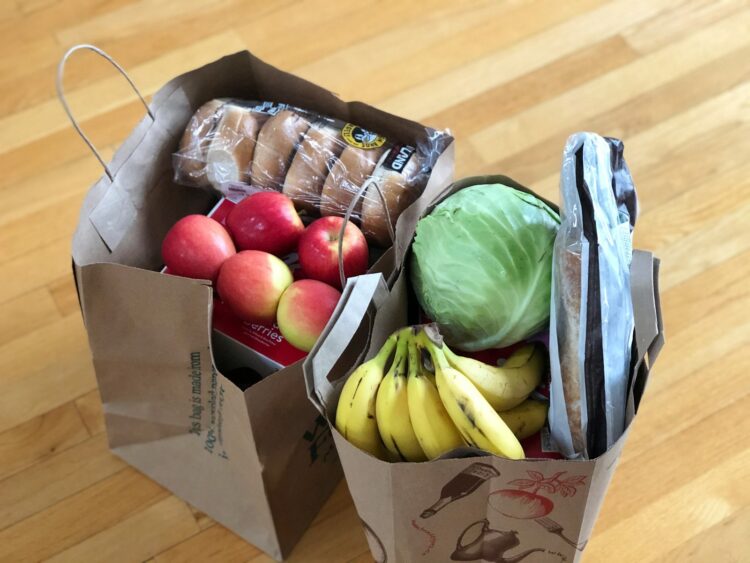
Instead of shopping for two or three days at a time, more people are stocking up on basics in bigger sizes. Rice, oats, pasta, and even frozen veggies cost less when bought in bulk. It cuts down trips to the store and lowers the cost per meal. You end up with fewer random purchases, too. If you’ve got the space, this one habit can seriously stretch your grocery budget without much effort.
Skipping brand names when shopping.

Many shoppers are switching to store brands for things like snacks, cleaning products, and basic groceries. Most of the time, they’re made in the same factories as the big names—but cost less. If it tastes the same and works the same, why pay more for the label? Small swaps like this don’t change your routine, but over time, they lower your total bill every time you check out.
Cooking more at home.

Takeout’s convenient, but it adds up fast. People are getting back into simple home meals—not fancy recipes, just stuff that fills you up and saves money. One-pot dinners, slow cookers, and batch cooking have made things easier. Even cooking three or four times a week can shrink your food spending. Plus, leftovers mean you don’t have to figure out lunch the next day. It’s cheaper, and usually quicker than delivery.
Cutting streaming services.
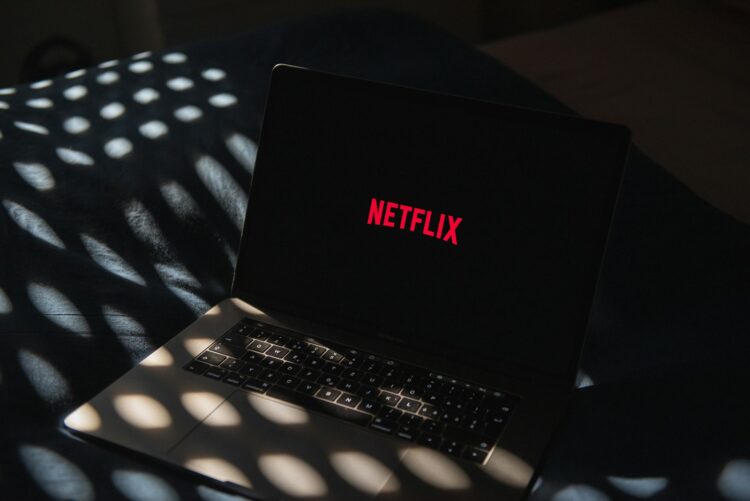
Most people don’t watch every app they’re paying for. So now, they keep one, cancel the rest, and bring them back only when there’s something they really want to watch. It takes a minute to pause or restart, and you don’t miss anything important. You end up paying for what you actually use instead of letting charges build up for no reason.
Using loyalty points and rewards.

More people are paying attention to the points they earn from grocery stores, credit cards, and shopping apps. Instead of letting them sit unused, they’re turning those points into discounts, gift cards, or free items. It doesn’t take much effort—just checking balances and using them before they expire. Even small redemptions help cover basics like food or household items. It’s free money people already earned—they’re just finally using it.
Sharing subscriptions.
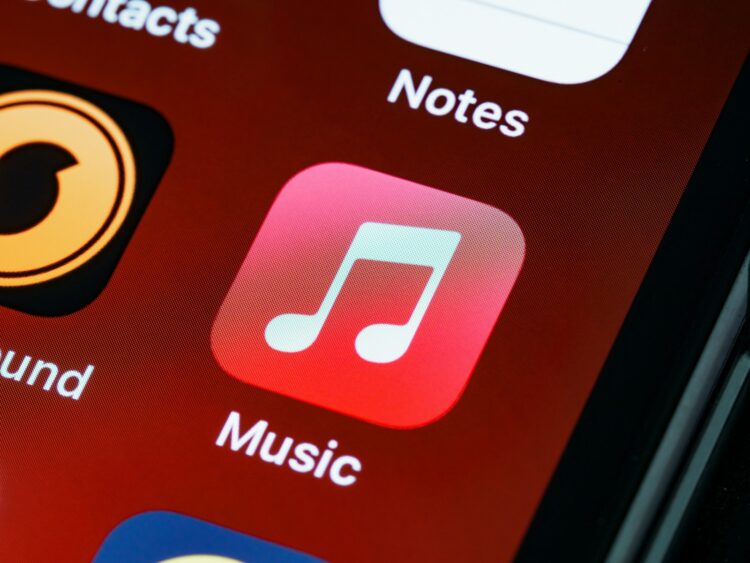
Friends and family are teaming up to split accounts on services that allow multiple users. From music platforms to cloud storage, sharing access is now common. As long as the service allows it, splitting the bill cuts your cost without losing access. It’s an easy way to cut monthly expenses in half—sometimes more. And when someone’s done, you just swap with someone else. Simple and effective.
Saying no to small daily splurges.

That quick coffee run, snack at checkout, or random gas station drink? People are skipping them. Not because they can’t afford it once—but because doing it every day adds up. By keeping a water bottle, packing snacks, or making coffee at home, they’re avoiding the daily $5 habits that quietly eat budgets. It doesn’t feel like a big change, but it makes a serious difference over a few weeks.
Repairing things instead of replacing.
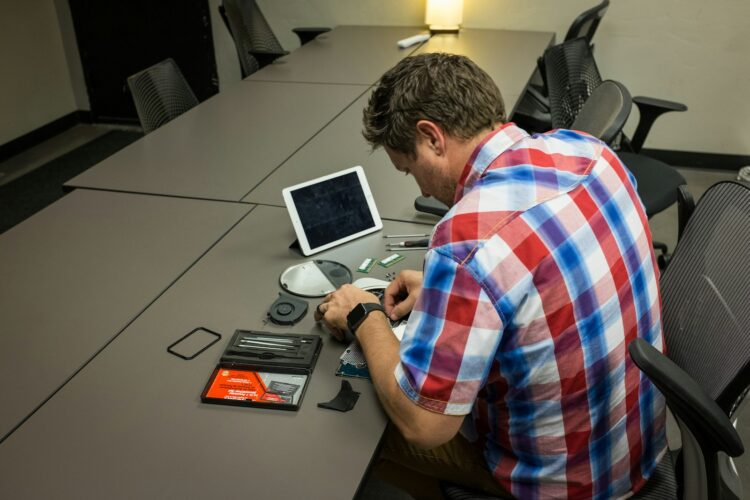
When something breaks, more people are fixing it first—especially small stuff. Buttons, zippers, furniture, headphones—nothing too technical. A little glue, a needle and thread, or a basic toolset can keep things going. You don’t always need new. Fixing it yourself saves money and keeps stuff out of the trash. Online tutorials make it easier than ever, and most fixes take less time than shopping for replacements.
Using more cash, less card.

Cards make spending feel easy. That’s the problem. People are going back to cash for everyday things—groceries, fun money, even gas. When you see your wallet getting lighter, you naturally slow down. It’s harder to overspend when you’re handing over actual bills. Even setting a weekly cash limit helps control spending without needing a budget app or spreadsheet. It’s old-school, but it still works.
Buying used instead of new.
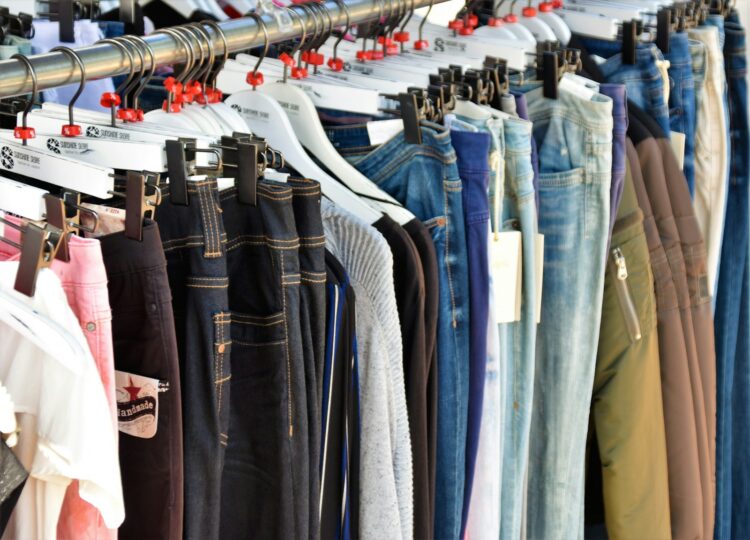
From furniture to clothes to tech, secondhand stuff is in. Online marketplaces and thrift apps have made it easier to find what you need at half the price. Many items are nearly new or barely used. People are realizing they don’t need the latest version of everything. Used gear works just as well most of the time—and the savings are huge, especially on big-ticket items.
Canceling unused memberships.

Gym you don’t go to? App you forgot about? That old trial you meant to cancel? People are combing through their bank statements and cutting whatever isn’t getting used. It only takes a few minutes to find and cancel those charges. A lot of folks are saving $50 or more just by doing one good cleanup. No apps are needed—just check your bank, click cancel, and you’re done.
Sticking to a meal plan.

Many people jot down what they’ll cook at the start of the week. Just a few meals—nothing detailed. It helps them shop with a plan and use what they already have. When dinner time comes, they don’t waste time thinking or order takeout out of frustration. It cuts down on food waste and keeps spending low. One quick list can make the whole week run smoother.
Refilling, not rebuying.

Buying the same bottle repeatedly makes no sense when refills cost less. People are skipping new packaging and just topping up what they already have. Refills use fewer materials, whether hand soap or kitchen cleaner, and usually last longer. Stores make it easier now with refill stations or cheaper pouches. It’s a small fix, but if you stick with it, the savings show up month after month.
Delaying non-urgent purchases.

Want something? Wait a few days. That pause helps people decide if they actually need it or if it was just a moment of boredom. Most of the time, the feeling passes. Waiting also gives you time to find deals or check if you already have something similar. It’s a no-effort way to stop impulse buys and keep your money for things that actually matter.
Tracking expenses weekly.

Not budgeting every penny—just checking in once a week. People are writing down what they spent or checking their bank app to see where the money went. That quick glance helps them spot patterns before things go off track. It’s easier to adjust in real-time than to fix a big mess later. Even ten minutes a week makes people feel more in control—and that’s what helps savings stick.

